Business Administration > Dissertation > How Does the Luxury Brands Marketing Activity Relate To Consumer Group Motivation in the First-Tier (All)
How Does the Luxury Brands Marketing Activity Relate To Consumer Group Motivation in the First-Tier Cities. Graded A
Document Content and Description Below
References Berthon, P., Pitt, L., Parent, M. & Berthon, J.-P. (2009). Aesthetics and ephemerality: Observing and preserving the luxury brand. California Management Review, 52, 45-66. Bhat, S. & Redd... y, S. K. (1998). Symbolic and functional positioning of brands. Journal of Consumer Marketing, 15, 32-43. Bilby, J., Reid, M. and Brennan, L., 2016. The future of advertising in China: Practitioner insights into the evolution of Chinese advertising creativity. Journal of Advertising Research, 56(3), pp.245-258. Bolman, C. (2014, October 27). How Top Brands Localize Global Marketing Campaigns. Retrieved from Percolate: https://blog.percolate.com/2014/10/how-top-brands-localize-global-marketing-campaigns/ Chen, S. and Lamberti, L., 2015. Entering the dragon’s nest: Exploring Chinese upper-class consumers’ perception of luxury. Qualitative Market Research: An International Journal, 18(1), pp.4-29. Deloitte. (2010). Winning the Wallet of Today's Chinese Consumers. A Look at Consumer Buying Preferences, 1-14. Retrieved from https://www2.deloitte.com/content/dam/Deloitte/cn/Documents/finance/deloitte-cn-fas-winning-wallet-of-chinese-consumers-en-220610.pdf Elo S. & Kynga Elo S. & Kyngas H. (2008) ¨ S H. (2008). The qualitative content analysis process. Journal of Advanced Nursing 62(1), 107–115 doi: 10.1111/j.1365-2648.2007.04569.x. Retrieved from https://student.cc.uoc.gr/uploadFiles/192-%CE%A3%CE%A0%CE%95%CE%9D407/CONTENT%20ANALYSIS.pdf Fu, X., Cai, L. and Lehto, X., 2015. A Confucian analysis of Chinese tourists’ motivations. Journal of Travel & Tourism Marketing, 32(3), pp.180-198. Gu, Y., Wu, Y., Xu, M., Wang, H. and Zuo, T., 2016. The stability and profitability of the informal WEEE collector in developing countries: A case study of China. Resources, Conservation and Recycling, 107, pp.18-26. Guo, W. (2015). Chinese Luxury Market and Chinese People Luxury Consumer Behavior. International Brands in Chinese Market, 1-43. Retrieved from https://www.theseus.fi/bitstream/handle/10024/96990/Thesis%20Wenfei%20GUO.pdf?sequence=1&isAllowed=y Hansen, J. & Wänke, M. (2011). The abstractness of luxury. Journal of Economic Hennigs, N., Wiedmann, K., Behrens, S., & Klarmann, C. (2013). Unleashing the Power of Luxury: Antecedents of Luxury Brand Perception and Effects on Luxury Brand Strength. Journal of Brand Management, 20(8), 705-715. Bjorvatn, Kjetil, and Tina Søreide. 2003. Corruption and market reform. In Discussion Paper. Bergen: NHH Department of economics. Huang, Y. and Qian, L., 2018. Consumer preferences for electric vehicles in lower tier cities of China: Evidences from south Jiangsu region. Transportation Research Part D: Transport and Environment, 63, pp.482-497. Hung, K., Huiling Chen, A., Peng, N., Hackley, C., Amy Tiwsakul, R., & Chou, C. (2011). Antecedents of Luxury Brand Purchase Intention. Journal of Product & Brand Management, 20(6), 457-467 Husic, M., & Cicic, M. (2009). Luxury Consumption Factors. Journal of Fashion Marketing and Management: An International Journal, 13(2), 231-245. Jamal, A. & Goode, M. (2001). Consumers and Brands: A Study of the Impact of Self-Image Congruence on Brand Preference and Satisfaction. Marketing Intelligence & Planning, 19(7), 482-492. Jing Daily. (2013, December 17). China’s Luxury Shoppers ‘More Emotional’ In First-Tier Cities. Retrieved from Jing Daily: https://jingdaily.com/chinas-luxury-shoppers-more-emotional-in-first-tier-cities/ Jung Choo, H., Moon, H., Kim, H., & Yoon, N. (2012). Luxury Customer Value. Journal of Fashion Marketing and Management: An International Journal, 16(1), 81-101. Kapferer, J. & Bastien, V. (2014). The Luxury Strategy: Break the Rules of Marketing to Build Luxury Brands (2nd ed.). London: Kogan Page. Keller, K. & Webster, F. (2008). Achieve Marketing Balance by Reconciling Marketing Trade-Offs: The Branding Sweet Spot. American Marketing Association, 7, 12-17. Keller, K. (2009). Managing the Growth Tradeoff: Challenges and Opportunities in Luxury Branding. Journal of Brand Management, 16(5-6), 290-301. Kim, A., Durand-Servoingt, B., Bu, L., & Yamakawa, N. (2017, August). Chinese Luxury Consumers: More Global, more Demanding, still Spending. Retrieved from McKinsey & Company: https://www.mckinsey.com/business-functions/marketing-and-sales/our-insights/chinese-luxury-consumers-more-global-more-demanding-still-spending Kotler, P., Keller, K., Brady, M., Goodman, M. & Hansen, T. 2009. Marketing management: First european edition, Pearson Education. KPMG. (2007). Luxury Brands in China. Consumer Markets, 1-30. Retrieved from http://www.claridenglobal.com/knowledge_at_clariden/CM_Luxury_brand.pdf Li Shihua and Zhimin Gong. (2005) Understand Conspicuous Consumption from a Sustainable Development Strategy. Consumer Economics, (1) Li, G., & Kambele, Z. (2012). Luxury fashion brand consumers in China: Perceived value, fashion lifestyle, and willingness to pay. Journal of Business Research, 65(10), 1516-1522. Li, Y., 2016. Using data to build always-on valuable experience throughout the consumer journey. Journal of Digital & Social Media Marketing, 4(2), pp.102-111. Li, Z. (2015). Investigation of Luxury Fashion Brand Extension in Catering Services China. Case Study of Vivienne Westwood and Gucci in Shanghai, 1-52. Retrieved from http://gfc-conference.eu/wp-content/uploads/2017/01/LI_Investigation_of_luxury_fashion_brand_extension_in_catering_services_in_China-A_Case_study_of_Vivienne_Westwood_and_Gucci_in_Shanghai.pdf Liang, B. (2006) Luxury Consumption Dialectics: Analysis by Dual Perspectives in Economics and Sociology. Journal of Hubei University of Economics: Humanities and Social Sciences, (04). Lin, B. and Wu, W., 2018. Why people want to buy electric vehicle: An empirical study in first-tier cities of China. Energy Policy, 112, pp.233-241. Liu, S., Perry, P., Moore, C. and Warnaby, G., 2016. The standardization-localization dilemma of brand communications for luxury fashion retailers' internationalization into China. Journal of Business Research, 69(1), pp.357-364. Lu, P. X. (2011). Elite China: luxury consumer behavior in China. John Wiley & Sons. Maruyama, M. and Wu, L., 2014. The relevance of retailer country-of-origin to consumer store choice: evidence from China. International Marketing Review, 31(5), pp.462-476. Ngai, J. & Cho, E., (2012). The young luxury consumers in China. Emerald publication, pp. 255 -266. Psychology, 32, 789-796. Puntoni, S. (2001). Self-Identity and Purchase Intention: An Extension of the Theory of Planned Behavior. European Advances in Consumer Research, 5, 130-134. Ramasamy, B., Rowley, C. and Yeung, M.C., 2016. Initial Job Choice in the Greater China Region: The role of corporate social responsibility. Journal of General Management, 41(3), pp.53-70. Rosenbaum, M.S., Cheng, M. and Wong, I.A., 2016. Retail knockoffs: Consumer acceptance and rejection of inauthentic retailers. Journal of Business Research, 69(7), pp.2448-2455. Saunders, M., Lewis, P., & Thornhill, A. (2009). Research Methods for Business Students (5th ed.). Edinburgh: Pearson. Seringhaus, F. R. (2005). Selling luxury brands online. Journal of Internet Commerce, 4(1), 1-25. Shan Ding, Q., 2017. Chinese products for Chinese people? Consumer ethnocentrism in China. International Journal of Retail & Distribution Management, 45(5), pp.550-564. Siu, N.Y.M., Kwan, H.Y. and Zeng, C.Y., 2016. The role of brand equity and face saving in Chinese luxury consumption. Journal of Consumer Marketing, 33(4), pp.245-256. Siying, Y. (2014). Marketing Strategy of Chineses Domestic Luxury Brand. Business Economics and Tourism, 1-98. Retrieved from https://www.theseus.fi/bitstream/handle/10024/78692/Siying_You.pdf?sequence=1 Souiden, N., M'Saad, B., & Pons, F. (2011). A cross-cultural analysis of consumers' conspicuous consumption of branded fashion accessories. Journal of International Consumer Marketing, 23(5), 329-343. Tsai, W. S., Yang, Q., & Liu, Y. (2013). Young Chinese consumers’ snob and bandwagon luxury consumption preferences. Journal of International Consumer Marketing, 25(5), 290-304. Walley, K. and Li, C., 2015. The market for luxury brands in China: Insight based on a study of consumer’s perceptions in Beijing. Journal of Brand Management, 22(3), pp.246-260. Wang, K.J., Dwi Lestari, Y. and Yang, T.T., 2015. Location determinants of market expansion in China’s second-tier cities: a case study of the biotechnology industry. Journal of Business & Industrial Marketing, 30(2), pp.139-152. Wang, O. and Somogyi, S., 2018. Chinese consumers and shellfish: Associations between perception, quality, attitude and consumption. Food Quality and Preference, 66, pp.52-63. Wang, Y., Song, Y., & Sun, S. (2016, May 11). Chinese Luxury Consumers: Motivation, Attitude, and Behavior. Journal of Promotion Management, 345-357. Retrieved from https://www.researchgate.net/publication/233127955_Chinese_Luxury_Consumers_Motivation_Attitude_and_Behavior Warner, M. & Lee, G. O., (2006). Unemployment in China: Economy, Human Resources and Labour Markets. s.l.:Routledge. Wilhelm, M.M., Blome, C., Bhakoo, V. and Paulraj, A., 2016. Sustainability in multi-tier supply chains: Understanding the double agency role of the first-tier supplier. Journal of Operations Management, 41, pp.42-60. Willett, M. (2015, March 23). Pyramid of luxury brands. Retrieved May 10, 2015, from Business Insider UK: http://uk.businessinsider.com/pyramid-of-luxury-brands-2015-3?r=US Wu, B. and Yang, W., 2018. What do Chinese consumers want? A value framework for luxury hotels in China. International Journal of Contemporary Hospitality Management, 30(4), pp.2037-2055. Ye, Y. and Lau, K.H., 2018. Designing a demand chain management framework under dynamic uncertainty: An exploratory study of the Chinese fashion apparel industry. Asia Pacific Journal of Marketing and Logistics, 30(1), pp.198-234. Ying W, Shaojing S, &Yiping S., (2010), Motivation for luxury consumption: Evidence from a metropolitan city in China, in Russell W. Belk (ed.) Research in Consumer Behavior (Research in Consumer Behaviour, Volume 12) Emerald Group Publishing Limited, pp.161 – 181. Yu, D. (2014). Motivations of Luxury Consumption in America vs. China. Iowa State University, 1-49. Retrieved from https://lib.dr.iastate.edu/cgi/viewcontent.cgi?article=4861&context=etd Zhan, L. & He, Y., (2012). Understanding luxury consumption in China: Consumer perceptions of best-known brands. Journal of Business Research 65, p. 1452–1460 Zhou, L., Ye, S., Pearce, P.L. and Wu, M.Y., 2014. Refreshing hotel satisfaction studies by reconfiguring customer review data. International Journal of Hospitality Management, 38, pp.1-10. [Show More]
Last updated: 1 year ago
Preview 1 out of 44 pages
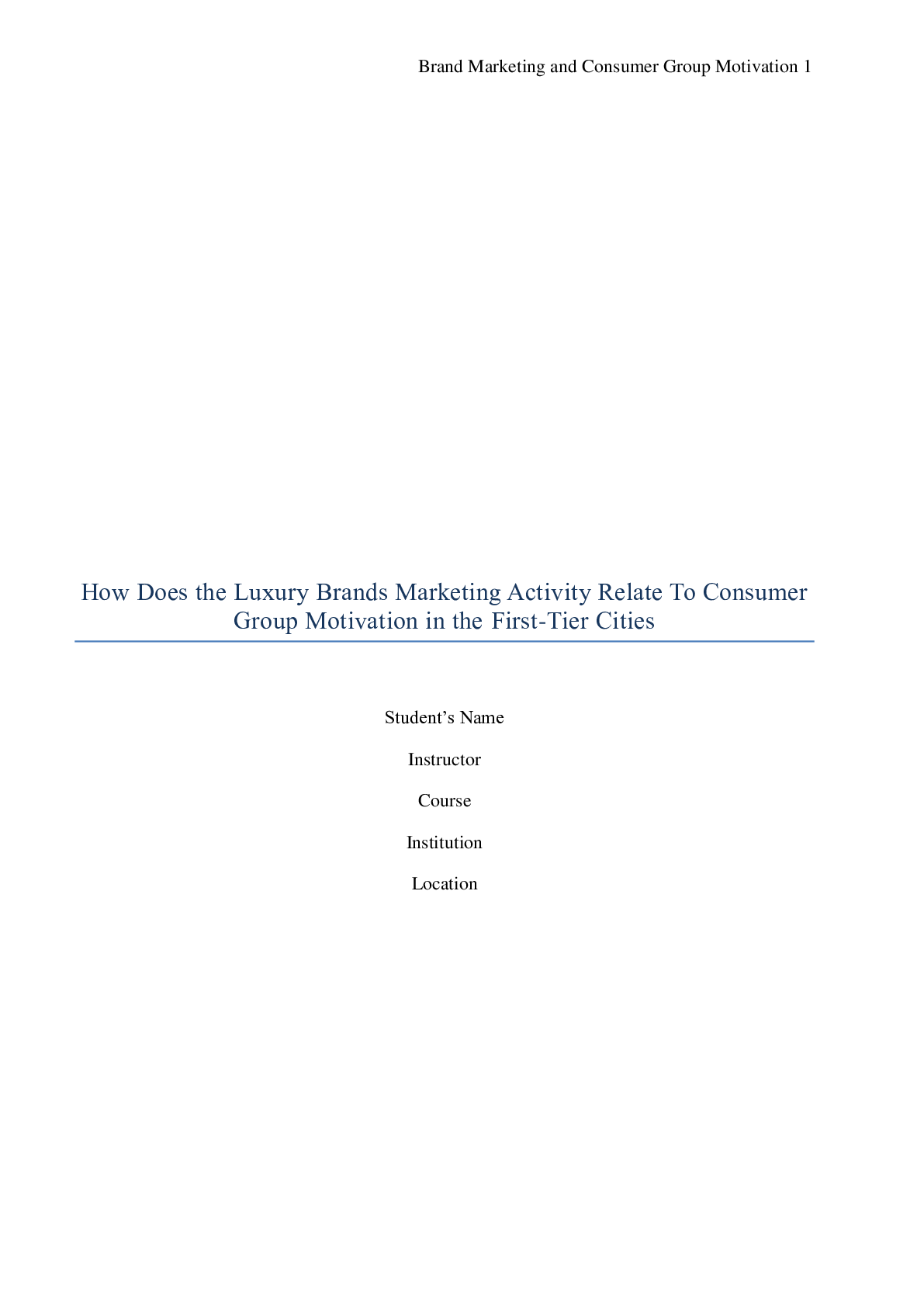
Reviews( 0 )
Document information
Connected school, study & course
About the document
Uploaded On
Jul 09, 2020
Number of pages
44
Written in
Additional information
This document has been written for:
Uploaded
Jul 09, 2020
Downloads
0
Views
99

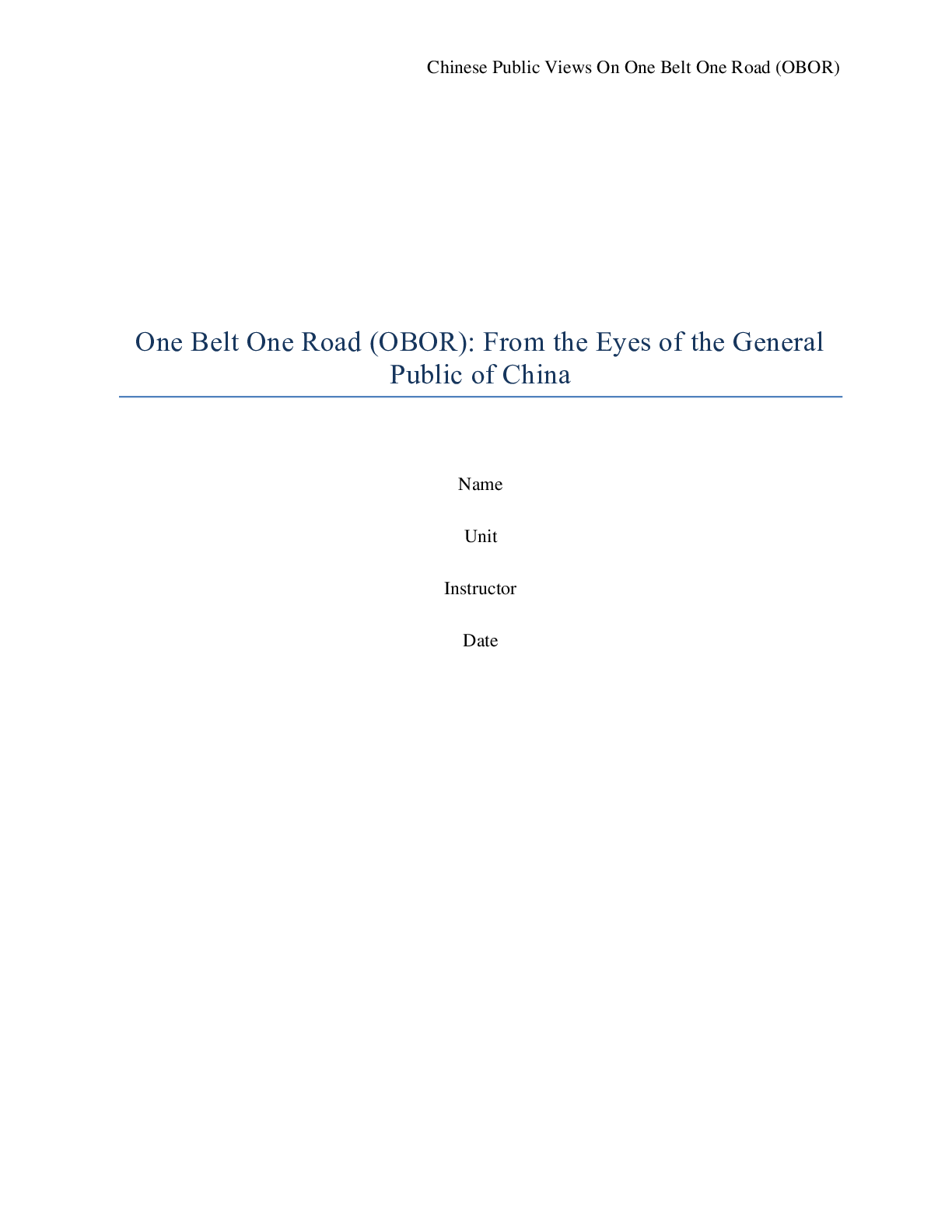

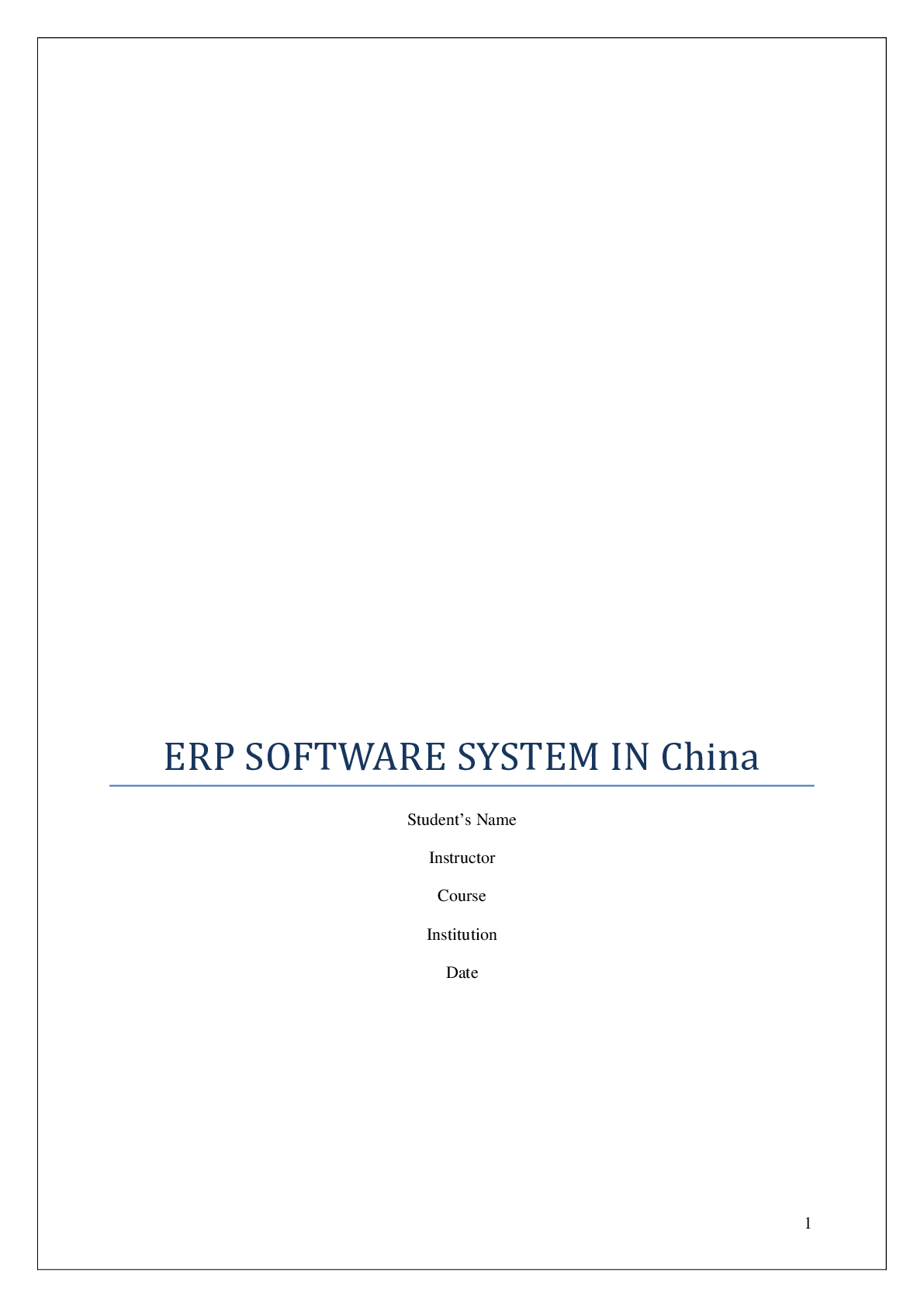

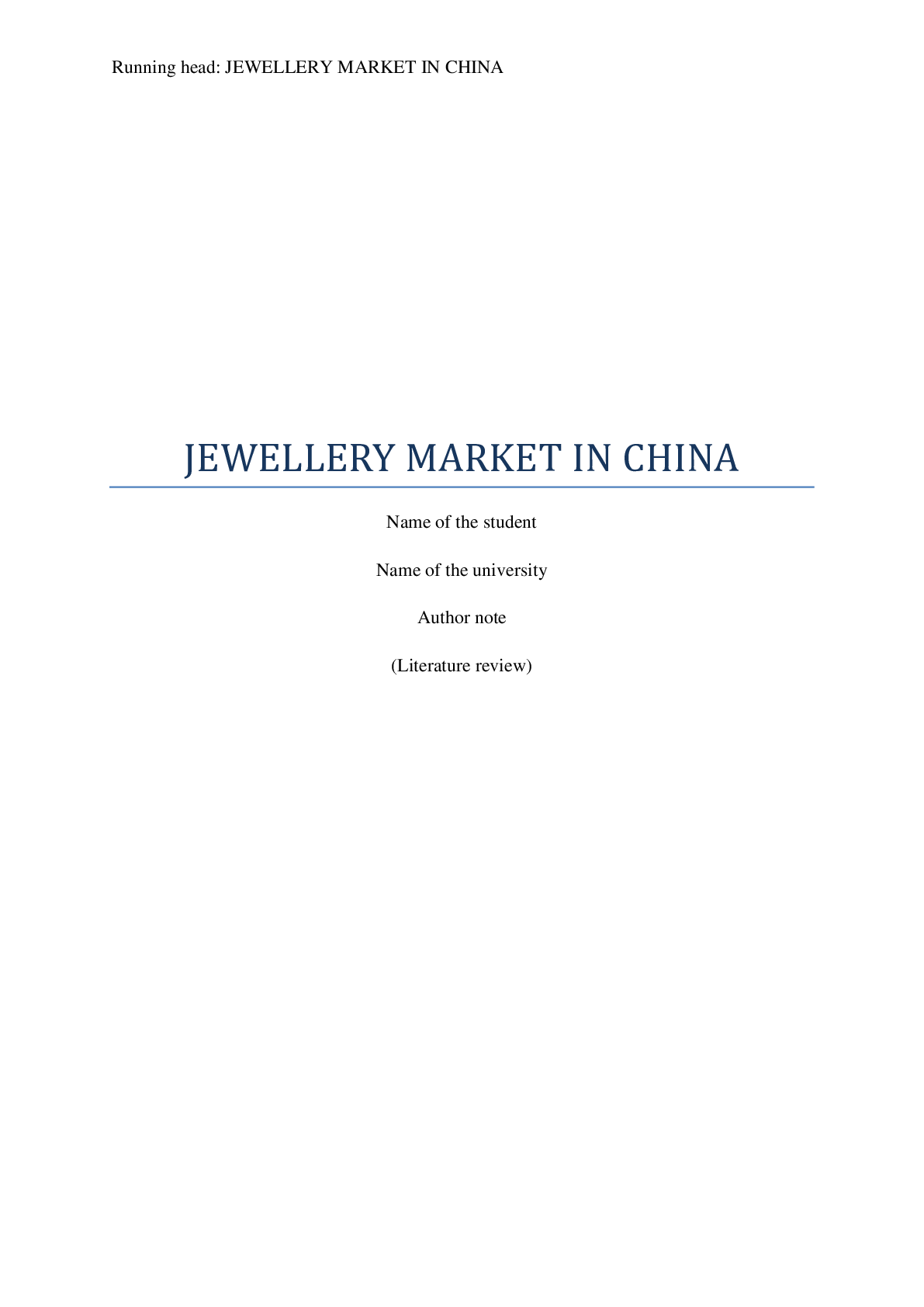


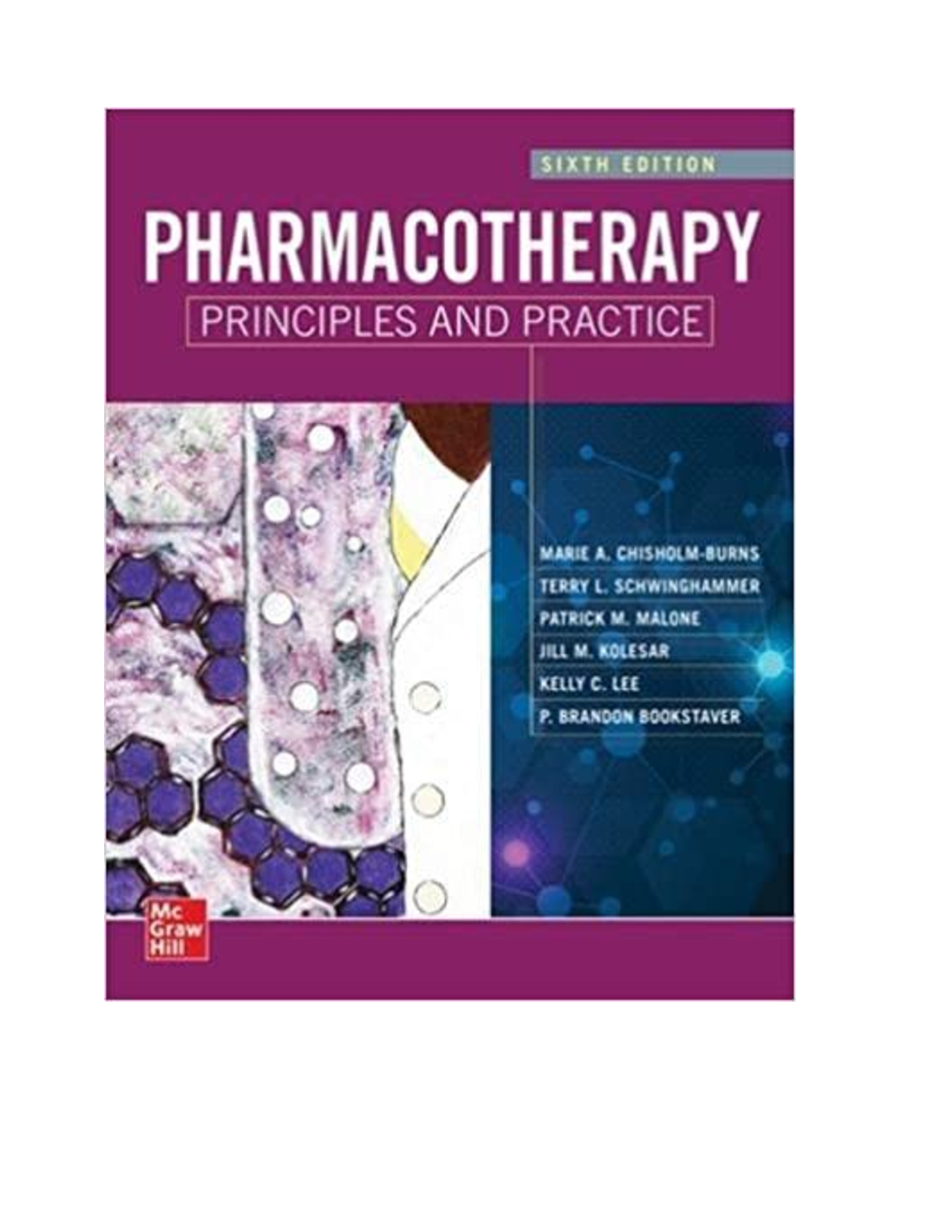

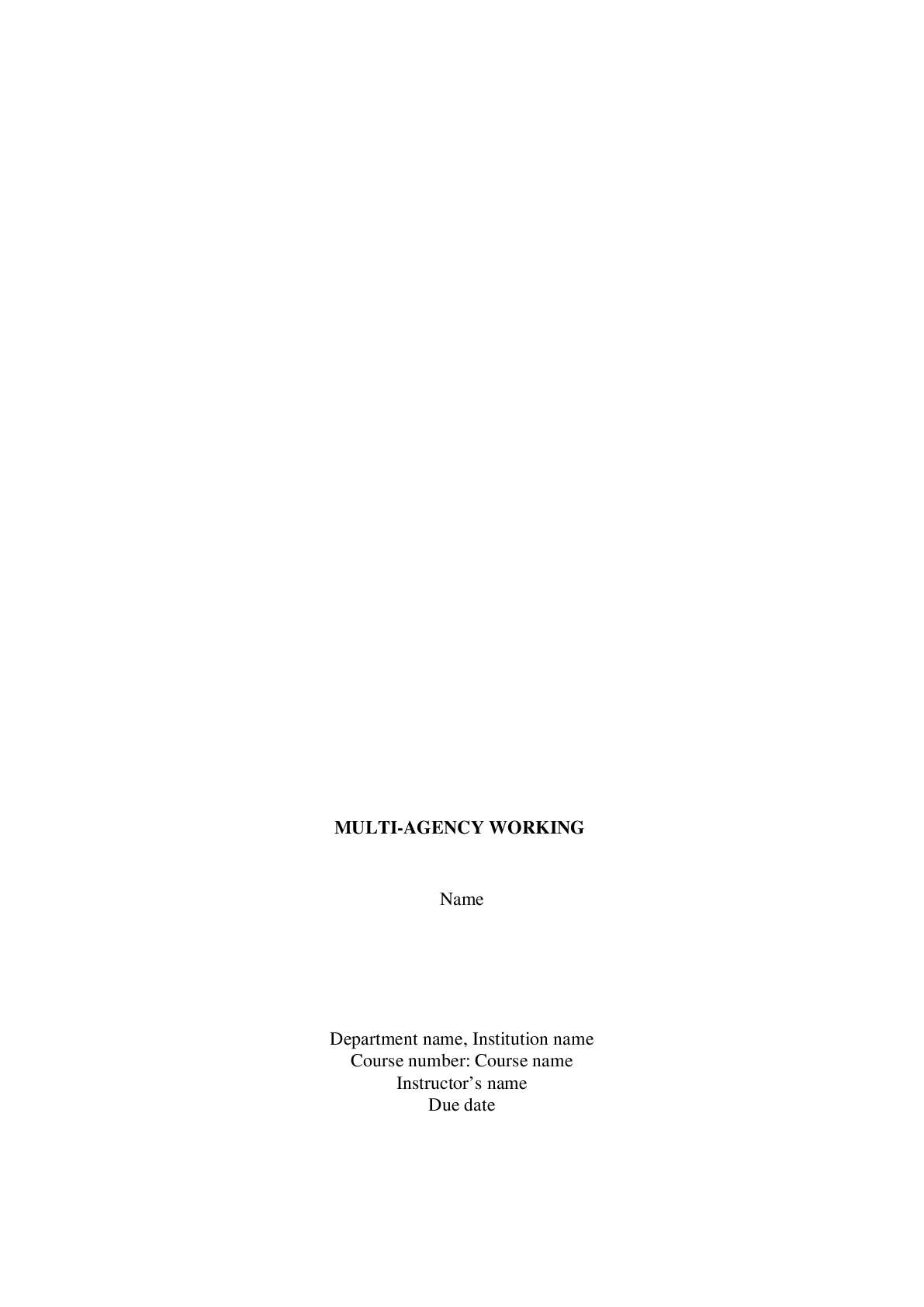

.png)

.png)
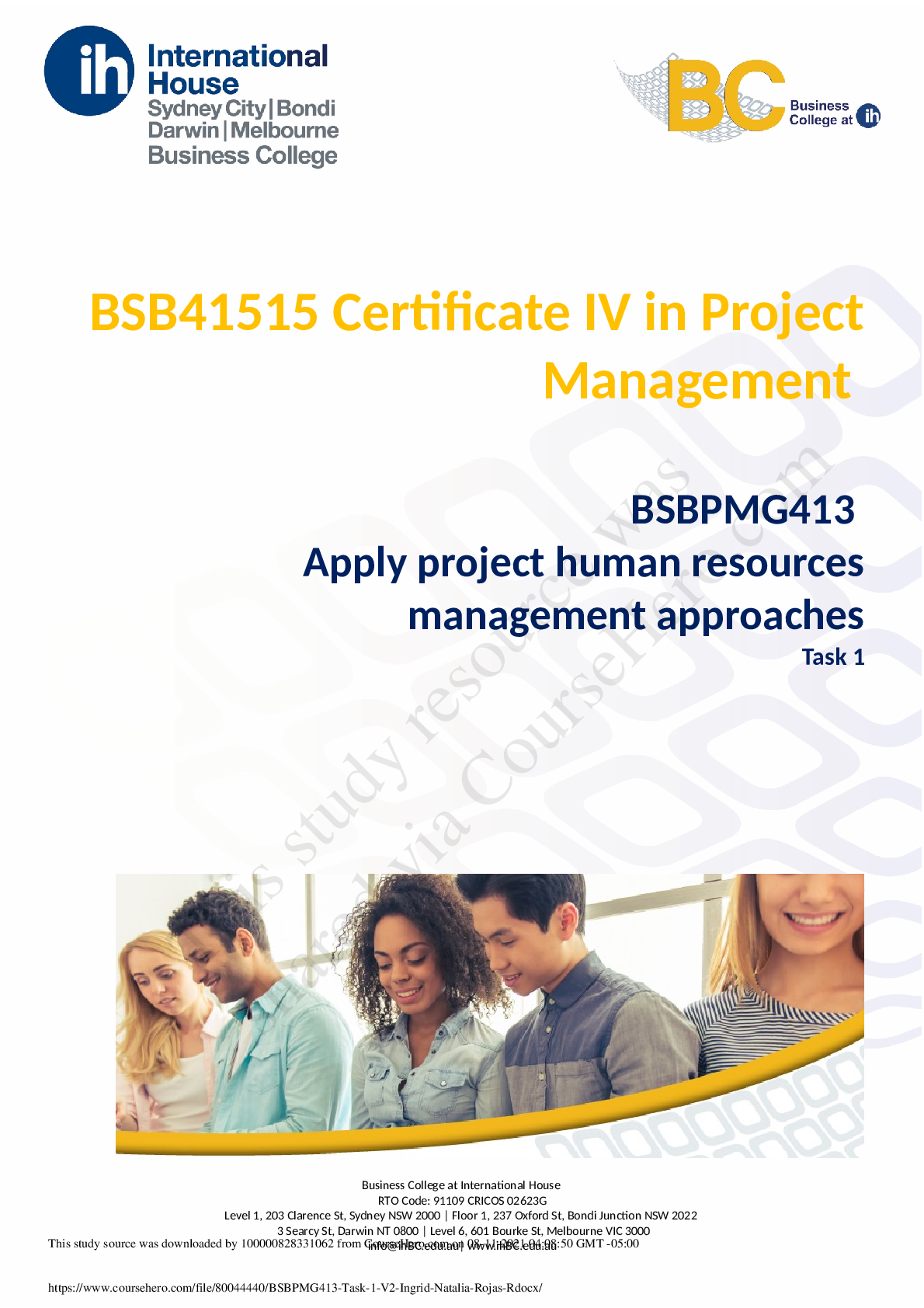
.png)
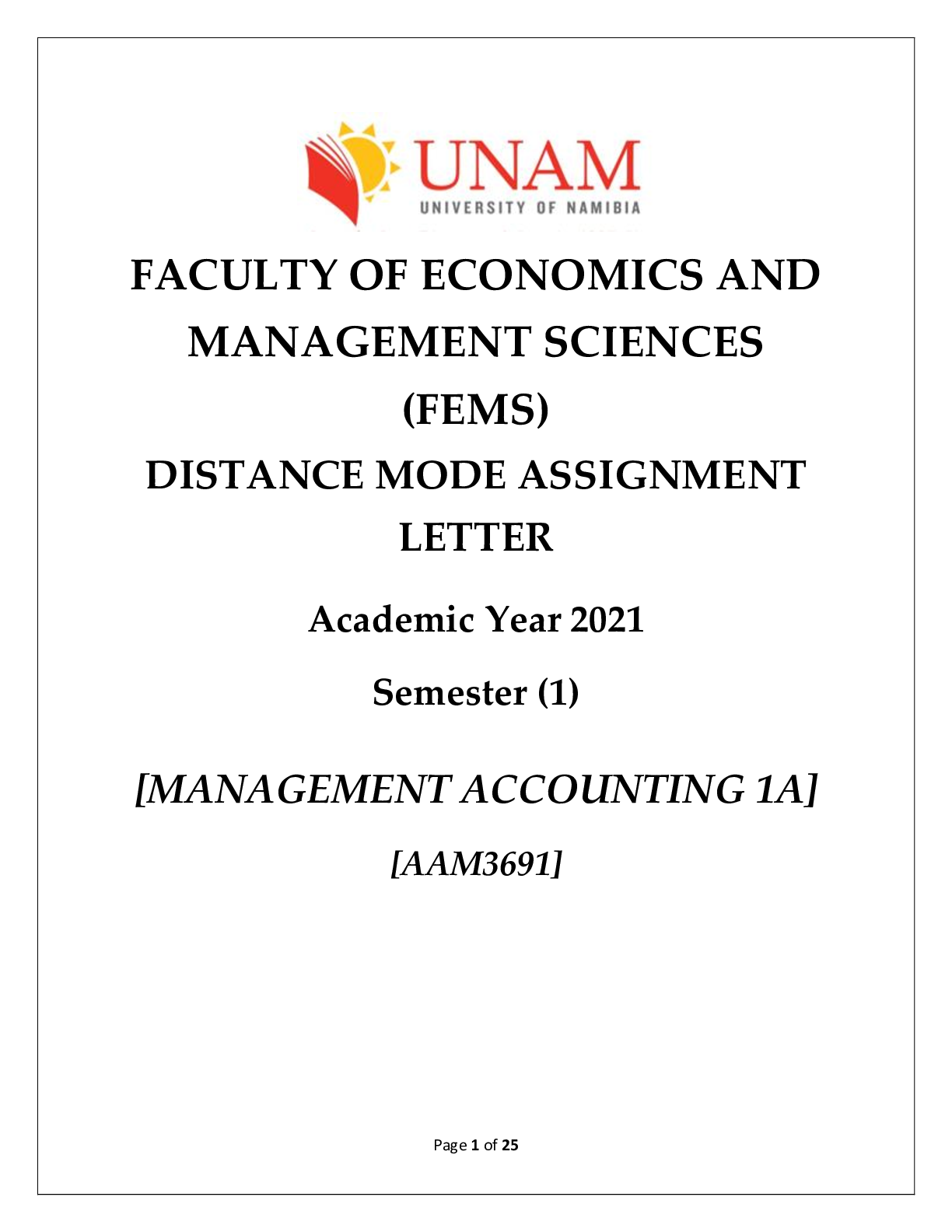
ARTISTIC EXPRESS-CONCEPT OF CARINGNR-511 Differential Diagnosis & Primary Care Practicum.png)

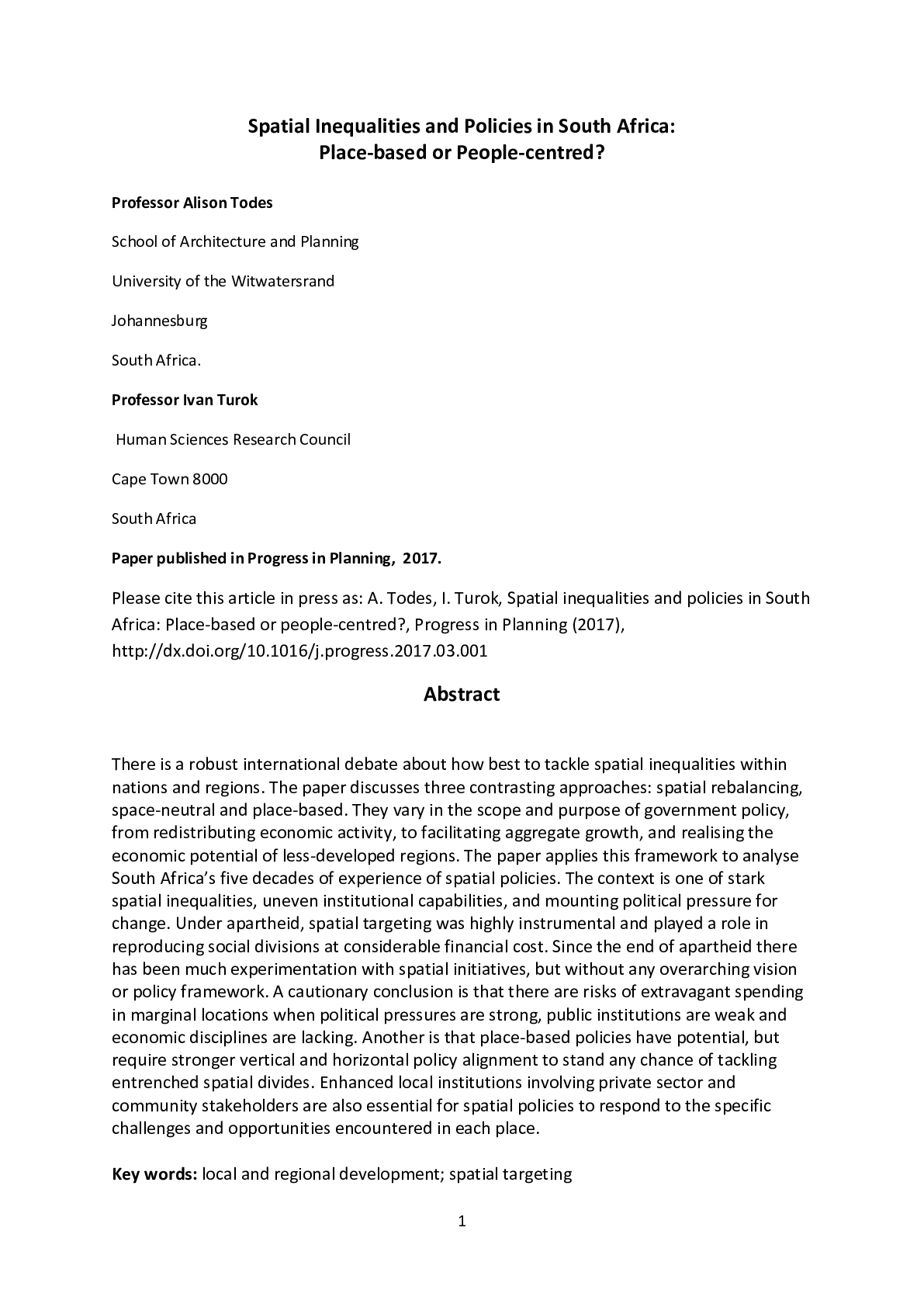

.png)

